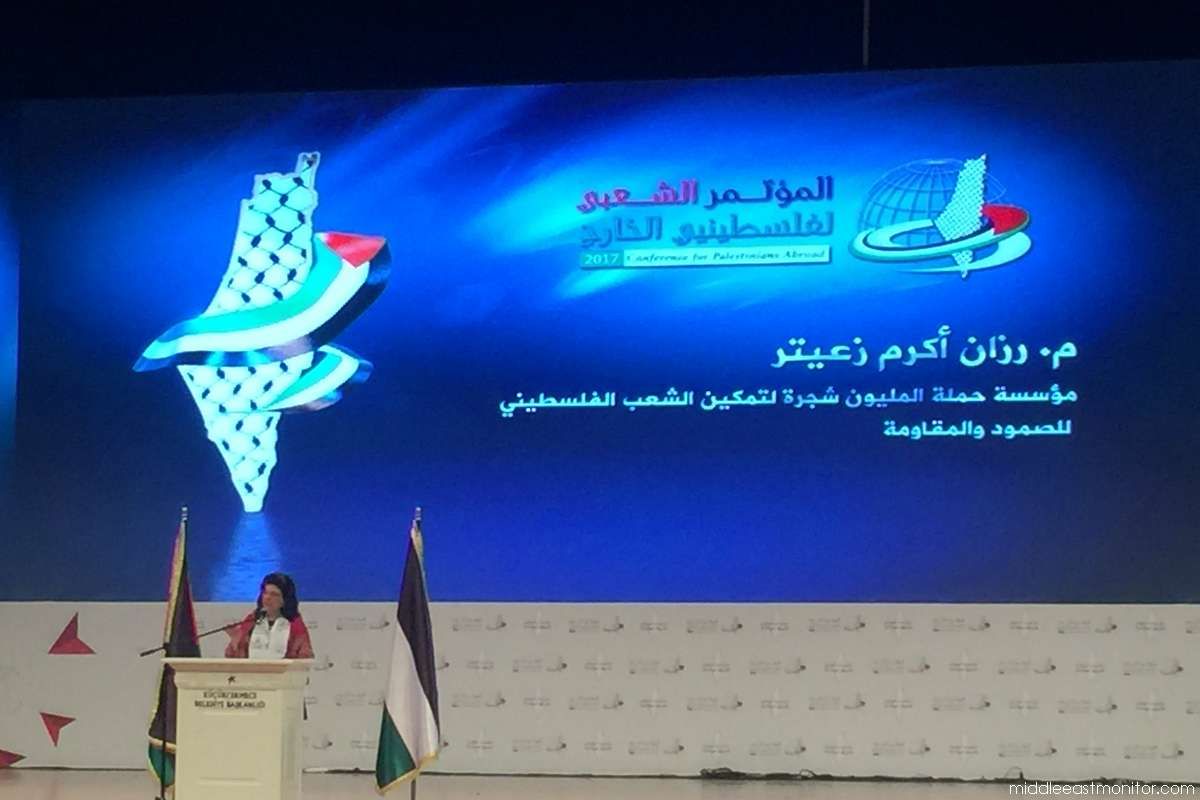In the realm of health service exports to Saudi Arabia, payment delays can significantly disrupt business operations. Addressing these delays efficiently is crucial for maintaining financial stability and ensuring continuous service delivery. This article delves into the intricacies of a three-phase recovery system designed to resolve payment issues, offering a structured approach to debt recovery for companies facing such challenges.
Key Takeaways
- A three-phase recovery system is employed to address payment delays, starting with immediate actions within the first 24 hours.
- Phase One includes sending demand letters, skip-tracing, and persistent contact attempts through various communication channels.
- Phase Two involves legal intervention with local attorneys drafting letters and attempting to contact the debtor, advancing to litigation if necessary.
- Phase Three presents a decision point for litigation or case closure based on a thorough assessment of recovery viability and associated costs.
- Collection rates vary depending on claim volume, age and amount of accounts, and whether legal action is required, with rates ranging from 27% to 50% of the amount collected.
Understanding the Recovery System for Health Service Exports
Overview of the Three-Phase Recovery System
We stand at the forefront, equipped with a robust three-phase Recovery System to reclaim funds efficiently. Phase One kicks off with immediate action: within 24 hours, debtors receive the first notice, and our team dives into skip-tracing and exhaustive information gathering. Relentless contact attempts ensue, spanning calls to texts, aiming for swift resolution.
Transitioning to Phase Two, should initial efforts falter, our network of local attorneys steps in. They wield the power of legal letterhead and persistent communication to nudge debtors towards settlement. If this phase still doesn’t yield results, we face a critical juncture.
In Phase Three, we confront the hard truths. We assess the case meticulously, weighing the likelihood of recovery. Should the prospects dim, we advise case closure, sparing you further costs. Conversely, if litigation appears promising, we chart the course for legal action, with transparent cost implications.
Our commitment is unwavering throughout these phases, ensuring that every avenue is explored, every strategy is executed with precision, and your interests remain paramount.
Our collection rates are tailored, reflecting the age and volume of claims, with a clear structure rewarding higher claim submissions. This strategic approach is designed to optimize recovery while aligning with your financial considerations.
Initial Actions within the First 24 Hours
As we initiate our structured Recovery System, the clock starts ticking. Within the first 24 hours, we launch a full-scale offensive to reclaim what’s owed. Here’s how we hit the ground running:
- The debtor receives the first of four letters, signaling our intent to recover the funds.
- We deploy skip-tracing and investigative techniques to unearth the most current financial and contact details.
- Our collectors engage relentlessly, utilizing calls, emails, texts, and faxes to reach a resolution.
Expect no less than daily attempts to contact the debtor during the initial phase. Persistence is key.
Should these efforts not yield the desired outcome, we seamlessly transition to Phase Two, where legal expertise comes into play. Our affiliated attorneys, well-versed in local jurisdiction, take the helm, ensuring every avenue for recovery is explored.
Continuous Efforts and Transition to Phase Two
As we persist with our recovery efforts, we maintain a rigorous schedule of daily attempts to engage with debtors for the first 30 to 60 days. Despite our tenacity, not all cases resolve in Phase One. When our initial strategies do not yield the desired results, we seamlessly transition to Phase Two.
In this next phase, our affiliated attorneys within the debtor’s jurisdiction take the helm. They employ a combination of legal letters and persistent communication to demand payment. This escalation is crucial for cases that resist standard collection tactics. Our approach is methodical, ensuring every step is calculated and purposeful.
We understand the importance of a strategic transition, ensuring no momentum is lost and every opportunity for recovery is maximized.
If our efforts in Phase Two remain unfruitful, we prepare a detailed report outlining the situation and our recommended course of action. This may include advancing to Phase Three or, when recovery seems unlikely, case closure. The decision is then in your hands, with our full support and guidance.
Here’s a quick glance at the transition process:
- Daily contact attempts for 30-60 days
- Escalation to affiliated attorneys
- Legal letters and calls commence
- Evaluation and recommendation report
Persistence and precision are our watchwords as we navigate these critical stages of debt recovery.
Navigating Phase Two: Legal Intervention and Continued Pursuit
The Role of Local Attorneys in Debt Recovery
When we escalate to Phase Two, our network of local attorneys becomes pivotal. They draft demand letters with legal weight and initiate contact with debtors. Their presence amplifies the urgency for settlement.
- The attorney sends a series of letters on law firm letterhead.
- Concurrently, they employ phone calls to engage the debtor directly.
If these efforts falter, we’re faced with a choice. Legal action in Phase Three involves choosing to proceed with litigation by paying legal costs or withdrawing the claim. Affiliated attorney files lawsuit, no payment if unsuccessful.
We ensure transparency in every step, keeping you informed of all actions and outcomes.
Our partnership with attorneys is not just about legal muscle; it’s a strategic move to increase the likelihood of recovery without incurring costs unless successful.
Communication Strategies and Legal Drafting
In our pursuit of resolving payment delays, we craft our communication with precision and legal acumen. Our initial correspondence sets the tone, delineating clear payment terms and expressing the urgency of resolution. We leverage local expertise, understanding that cultural nuances play a pivotal role in Saudi Arabian markets.
Our strategy is multi-faceted, involving not just legal drafting but also building relationships and establishing trust.
We follow a structured approach:
- Drafting demand letters with legal weight
- Persistent follow-up through calls and emails
- Utilizing local attorneys for targeted influence
Our experience with US tech firms in Saudi Arabian markets informs our approach, ensuring we address challenges like payment delays and legal issues effectively.
Evaluating the Case for Advancement to Phase Three
As we stand at the crossroads between continued negotiation and legal action, we must weigh our options with precision. The decision to advance to Phase Three is critical, as it involves significant financial and strategic considerations. We must assess the debtor’s assets and the strength of our case to ensure the likelihood of recovery justifies the move.
Legal costs for Phase Three are not to be taken lightly. We’re looking at $600 to $700 covering court fees, a sum that demands careful deliberation. Should we choose to litigate and succeed, the investment pays off. However, if litigation fails, we’re not left out of pocket; no fees are owed, thanks to our recovery system’s design.
We must ask ourselves: Is the potential return worth the risk and expense of a lawsuit?
Our next steps are clear:
- Review the debtor’s financial status and asset base.
- Analyze the legal merits of our case.
- Consider the cost-benefit ratio of proceeding with litigation.
The path we choose now will define our recovery efforts. Let’s proceed with the knowledge that our actions are calculated and aimed at the best possible outcome.
Decision Making in Phase Three: Litigation or Case Closure
Assessing the Viability of Recovery
When we reach Phase Three, we face a critical juncture. Our expertise guides us to either recommend case closure or to brace for litigation. The decision hinges on a meticulous review of the debtor’s assets and the surrounding facts. If recovery seems a distant prospect, we advise to cut losses and close the case, incurring no fees for our clients.
Should litigation appear as a viable path, we lay out the costs transparently. Legal fees, including court costs and filing fees, typically fall between $600.00 to $700.00. It’s a calculated risk, but one that may lead to full recovery, including the costs of filing the action.
Our collection rates are tailored to the claim volume within the first week. Here’s a snapshot:
- For 1-9 claims, rates vary from 30% to 50% of the amount collected, depending on the age and amount of the account.
- For 10 or more claims, the rates are slightly reduced, reflecting our commitment to volume recovery.
We stand by our clients at every step, ensuring that the pursuit of recovery is both strategic and cost-effective. Our goal is to maximize your returns while minimizing unnecessary expenditures.
Understanding the Litigation Process and Associated Costs
When we reach Phase Three, the path we take hinges on a critical assessment. If the odds of recovery are slim, we’ll advise case closure—a decision that incurs no fees. However, choosing litigation means facing upfront legal costs, including court and filing fees, typically between $600 to $700.
Litigation is not a step to be taken lightly. It requires a commitment, both financially and in terms of time. Should we proceed, our affiliated attorney will file suit, aiming to recover all monies owed, plus the cost of filing. Failure to collect through litigation leads to case closure, with no additional costs to you.
Our fee structure is straightforward:
- For 1-9 claims, accounts under 1 year: 30% of collected amount.
- Over 1 year: 40%.
- Under $1000: 50%.
- With legal action: 50%.
For 10+ claims, the rates adjust slightly, reflecting the volume of claims. The decision to litigate is significant, and we’re here to guide you through each step, ensuring clarity and transparency in the process.
Options for Non-Litigation Paths and Case Withdrawal
When we reach the crossroads of Phase Three, our path diverges. We must assess the feasibility of further action or consider case withdrawal. If the recovery seems unlikely, we advise closing the case, incurring no additional costs to you. Conversely, should you opt out of litigation, we can persist with standard collection efforts—calls, emails, faxes—without further charges.
Our structured 3-Phase Recovery System ensures we exhaust all avenues before arriving at this juncture. The decision to withdraw is never taken lightly, but it is a necessary option when the cost outweighs the potential gain.
We stand by our commitment to a cost-effective approach, ensuring you’re not left out of pocket if the pursuit proves unfruitful.
Here’s a quick glance at our fee structure for non-litigation paths:
- Closure of the case: No fees
- Standard collection activity: No additional fees
- Withdrawal of claim: No fees
Remember, our ultimate goal is securing payments from Saudi partners, in compliance with international standards and without unnecessary expenditure.
Financial Considerations and Collection Rates
Determining Collection Rates Based on Claim Volume
When we address the financial implications of legal action, transparency is key. We provide competitive rates, tailored to claim specifics for successful recoveries and cost considerations. Our fee structure is designed to align with the volume of claims, ensuring fairness and efficiency.
| Number of Claims | Accounts < 1 Year | Accounts > 1 Year | Accounts < $1000 | Accounts with Attorney |
|---|---|---|---|---|
| 1-9 | 30% | 40% | 50% | 50% |
| 10+ | 27% | 35% | 40% | 50% |
Collection rates are pivotal in decision-making. They influence the strategy we adopt for each case. The table above succinctly captures our fee structure based on the age and amount of the account, as well as the involvement of legal action.
We strive for the highest recovery rate possible, while also being mindful of the financial burden to our clients. Our approach is to minimize costs while maximizing returns.
Cost Implications for Accounts of Varying Ages and Amounts
When we address the cost implications for accounts of varying ages and amounts, we’re dealing with a dynamic scale of collection rates. The older the account, the steeper the collection fee—a reflection of the increased difficulty in recovering funds as time passes. For accounts under a year old, the fee is more forgiving, incentivizing prompt action.
Accounts under $1000 are subject to a higher rate due to the disproportionate effort required relative to the amount recoverable. It’s a balancing act between the resources expended and the potential return. Here’s a quick breakdown:
| Age of Account | Fee for 1-9 Claims | Fee for 10+ Claims |
|---|---|---|
| Under 1 year | 30% | 27% |
| Over 1 year | 40% | 35% |
| Under $1000 | 50% | 40% |
In the pursuit of unpaid bills in Saudi Arabia, we must weigh the financial stability and business expansion against the risks inherent in B2B transactions, including legal and cultural factors.
Our approach is tailored to the unique challenges posed by each account, ensuring that our efforts are as cost-effective as possible. We strive to mitigate the impact of these challenges on our clients’ financial health.
Understanding Fees for Accounts Requiring Legal Action
When we decide to escalate an account to legal action, we’re committing to a path with its own set of costs. These fees are an investment in recovering what’s owed to us. They typically range from $600 to $700, covering court costs, filing fees, and other related expenses. It’s crucial to understand that these are upfront costs, payable before our affiliated attorney initiates the lawsuit.
Legal action is not a step to be taken lightly. We must weigh the potential recovery against the initial outlay. Here’s a quick breakdown of our fee structure for accounts that require legal intervention:
| Claim Volume | Accounts < 1 Year | Accounts > 1 Year | Accounts < $1000 | Legal Action |
|---|---|---|---|---|
| 1-9 Claims | 30% | 40% | 50% | 50% |
| 10+ Claims | 27% | 35% | 40% | 50% |
Remember, if litigation does not result in recovery, you owe nothing further to our firm or our affiliated attorney. This contingency-based approach aligns our interests with yours – we’re in this together.
Navigating the financial landscape can be challenging, especially when it comes to ensuring your receivables are collected efficiently. At Debt Collectors International, we specialize in maximizing collection rates and providing tailored financial solutions for businesses across various industries. Our expert collectors are ready to serve you with over 30 years of commercial collection experience. Don’t let unpaid debts disrupt your cash flow; visit our website to learn more about our services and how we can assist you in recovering what’s rightfully yours. Take the first step towards financial peace of mind and contact us today for a free rate quote.
Frequently Asked Questions
What actions are taken within the first 24 hours of Phase One?
Within the first 24 hours of Phase One, four letters are sent to the debtor, the case is skip-traced and investigated for financial and contact information, and our collector attempts to contact the debtor using various communication methods. Daily attempts to contact the debtor continue for the first 30 to 60 days.
What happens if attempts to resolve the account fail in Phase One?
If all attempts to resolve the account fail in Phase One, the case progresses to Phase Two, where it is immediately forwarded to one of our affiliated attorneys within the debtor’s jurisdiction for further action.
What can I expect when my case is sent to a local attorney in Phase Two?
When your case is sent to a local attorney in Phase Two, the attorney will draft and send letters to the debtor demanding payment and will attempt to contact the debtor by telephone. If these attempts fail, we will provide recommendations for Phase Three.
What are the possible recommendations at the end of Phase Two?
At the end of Phase Two, the recommendations are either to close the case if recovery is unlikely, or to proceed with litigation if there is a possibility of recovering the debt.
What are the costs associated with proceeding to litigation in Phase Three?
If you decide to proceed with litigation in Phase Three, you will be required to pay upfront legal costs such as court costs and filing fees, which typically range from $600.00 to $700.00, depending on the debtor’s jurisdiction.
How are collection rates determined?
Collection rates are competitive and tailored based on the number of claims submitted and the age and amount of the accounts. Rates range from 27% to 50% of the amount collected, depending on these factors.





